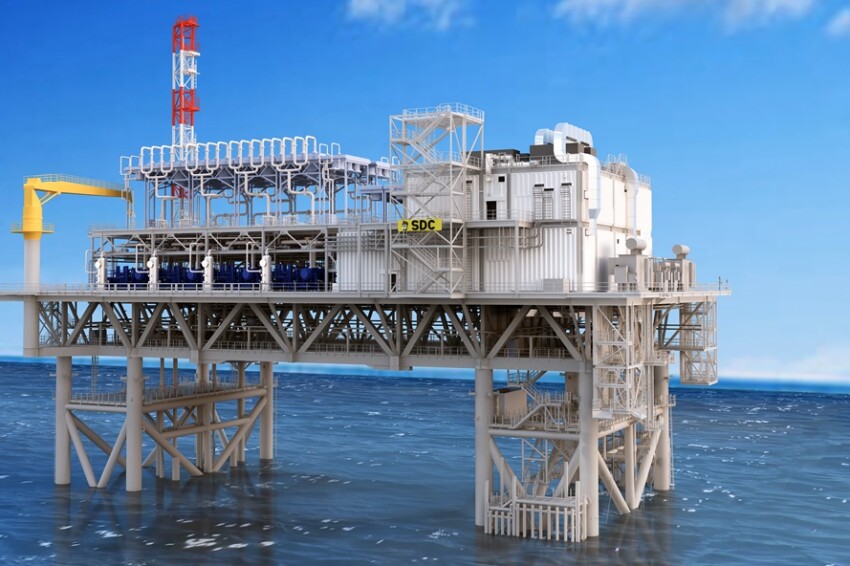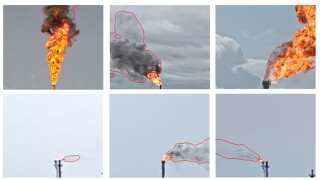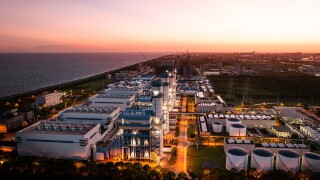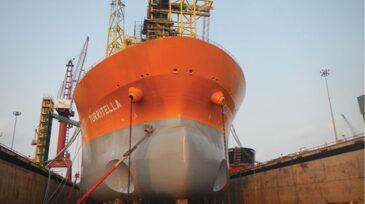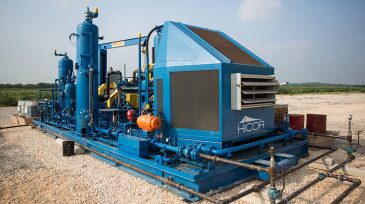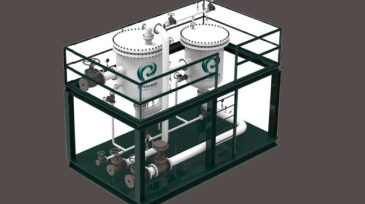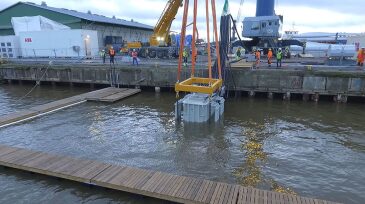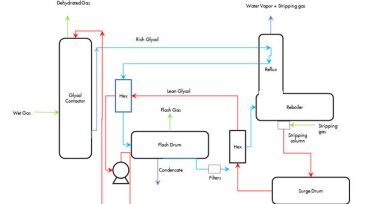Processing systems/design
BP’s new electric gas compression platform at Shah Deniz, Azerbaijan’s largest natural gas producer, is expected to sustain exports to Europe even as the field enters decline.
This paper focuses on developing a model that can be used in an automated, end-to-end flare-smoke detection, alert, and distribution-control solution that leverages existing flare closed-circuit television cameras at manufacturing facilities.
This study recommends favoring the combustion of ammonia over hydrogen for the purpose of reducing CO₂ and nitrogen emissions.
-
Subsea pumps are used for gas/liquid separation, subsea compression, and subsea boosting. Solutions aiming at cost reductions are crucial to make subsea processing projects feasible. A cost- and complexity-reduction solution for the subsea electrical power supply is a critical consideration.
-
Operator or manufacturer’s reports and published papers are reviewed and a criterion is developed for subsea pump selection.
-
Production from an offshore Angola field has been decreasing because of subsea pressure declines amid water-cut increases and limited gas compressor capacity. The development process leading to the selection of high-boosting multiphase pumps is described.
-
Processing sour natural gas is a challenge. If mercaptans are present in the sour gas, the limited mercaptan-absorption capacity of the well-known alkanolamine solvents can be a problem.
-
The Turritella FPSO (Fig. 1 above) is the deepest floating production system in the world and presented many challenges to successful execution of the surface host facilities.
-
A newly developed compressor undergoing field trials could significantly change, and bring substantial cost savings to, the way wellsites are designed.
-
Offshore project execution enhancement ideas are highlighted for debottlenecking, gas-hydrate-induced pipeline vibration, and the design of subsea systems for efficient startup.
-
An operator in the western Gulf of Thailand retrofit two partial-processing water-management systems on mobile-offshore-production-unit platforms for bulk removal and treatment of produced water. Water debottlenecking increased oil production by 80% and reduced the infield transfer volume by 62%. Th
-
A JIP turned the dial closer to achieving all-electric subsea processing with the underwater testing of a subsea variable speed drive in a harsh water environment.
-
The paper discusses dehydration performance of two units in two plants—with preinhibited glycol/antifoam/pH adjuster blend vs. neat glycol with periodic injection of antifoam and pH-adjuster inhibitors. The insights present an opportunity for significant operating and capital costs reduction.

